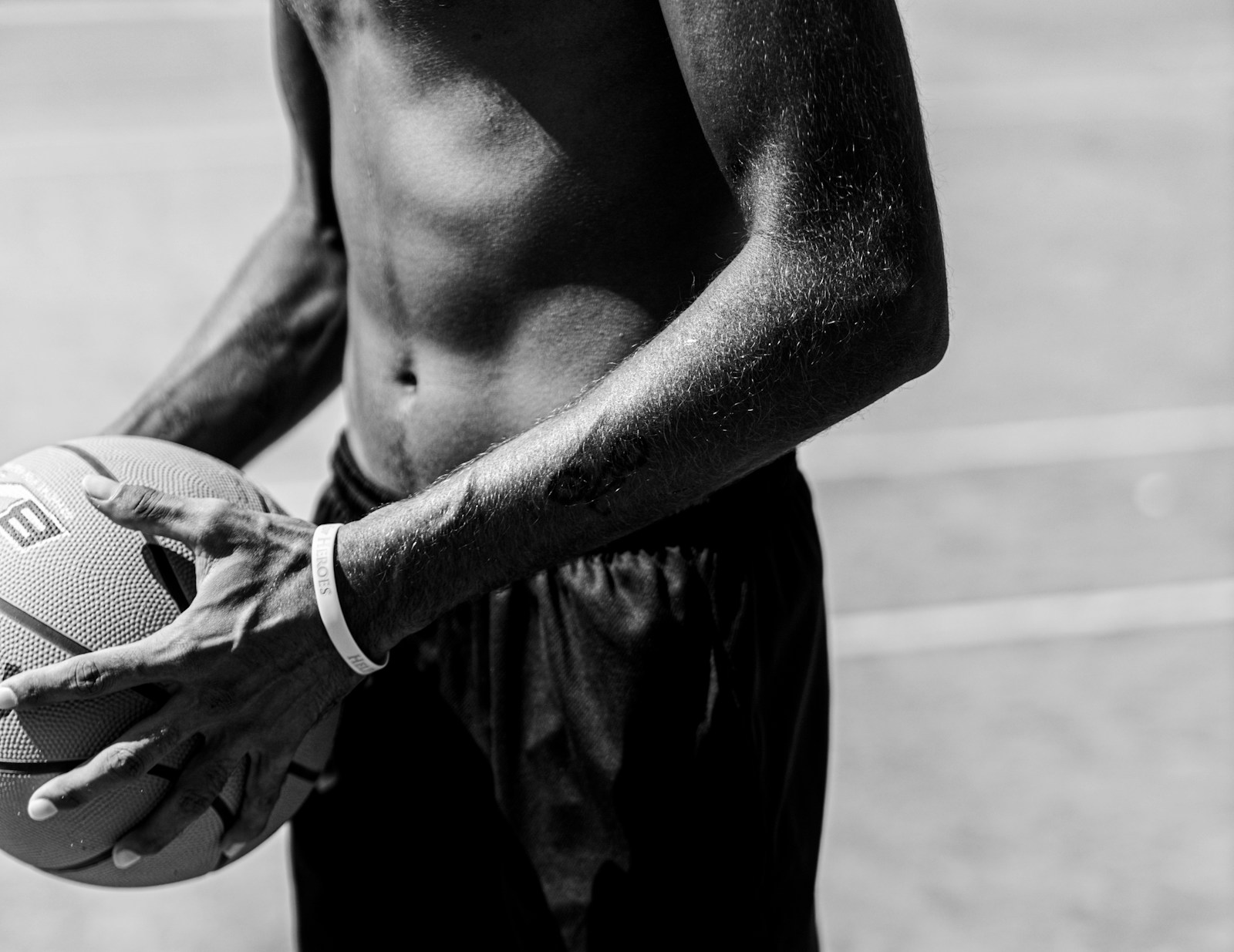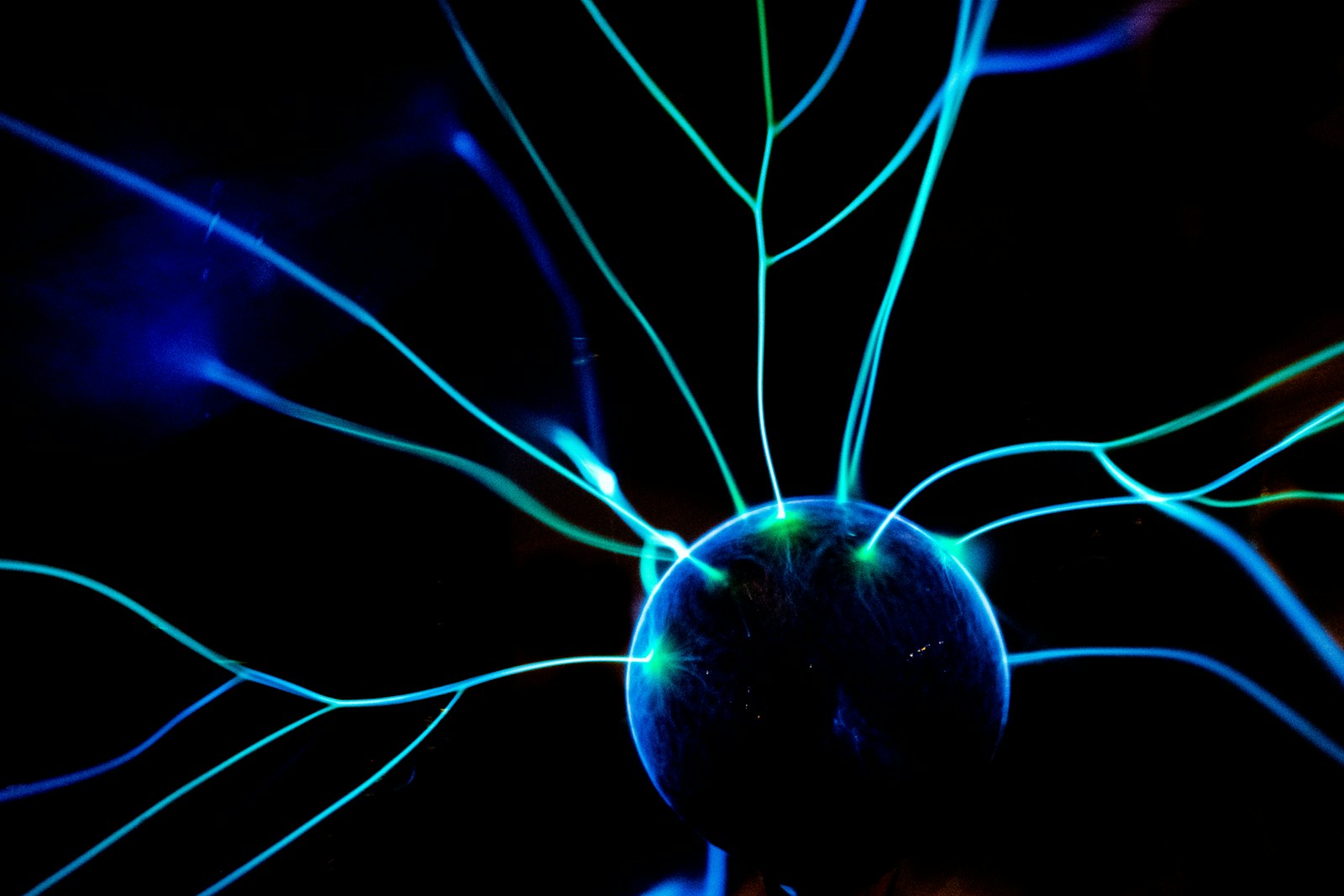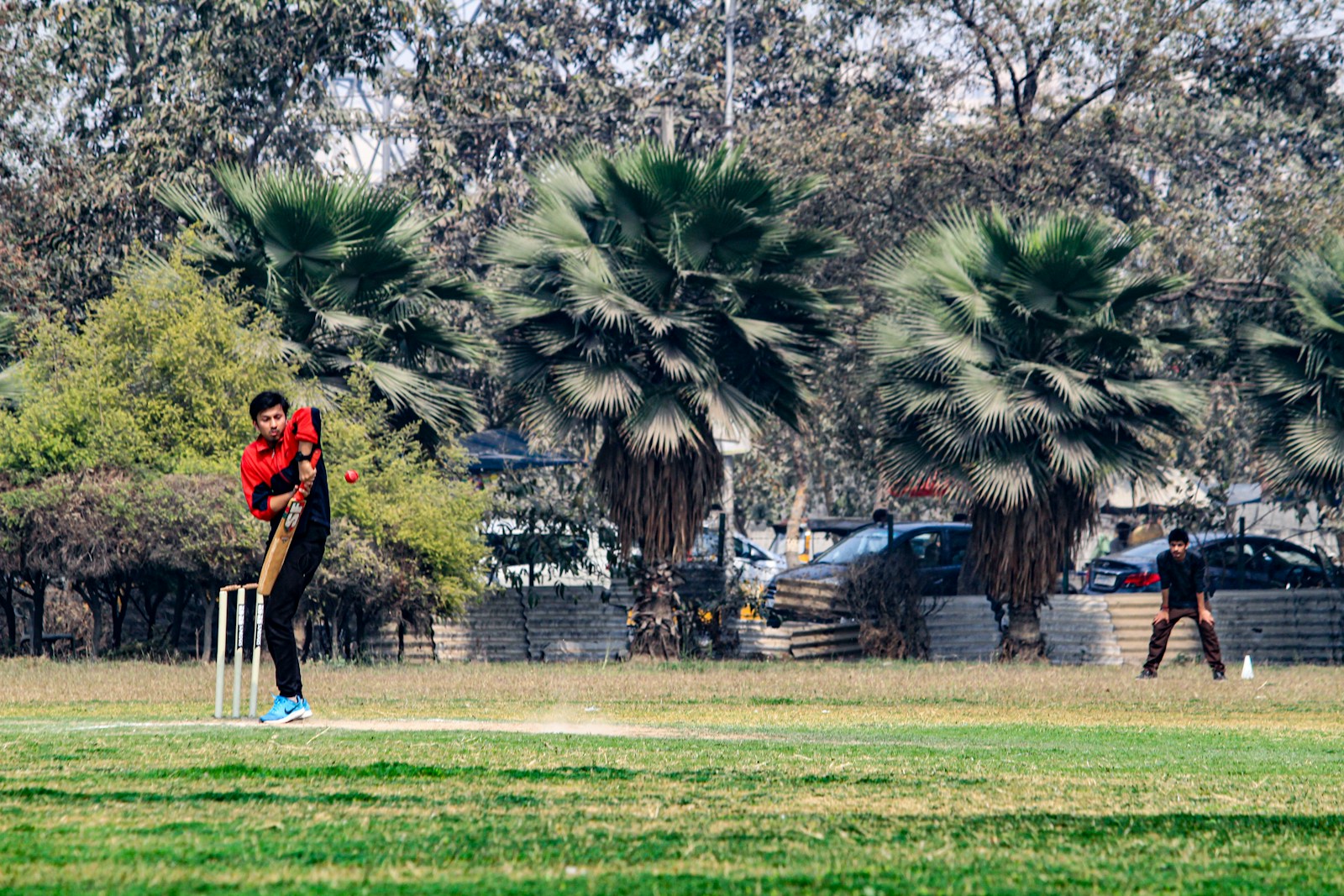The Anatomy of a Slump: Deconstructing the Psychological Pressures on Elite Athletes

By Hannah Ryu and Yonghyuk Choi
It is one of the most baffling and painful spectacles in sports. A superstar golfer who has won major championships suddenly cannot make a two-foot putt. A dominant baseball pitcher, famed for his pinpoint control, can no longer find the strike zone. A professional tennis player develops a hitch in their serve that they cannot seem to fix. This is the world of the slump, the choke, and the dreaded "yips"—a mysterious condition where an athlete's brain seems to betray their body, making a once-automatic skill feel alien and impossible.
From a sports narrative perspective, as Yonghyuk often covers, these moments are deeply compelling human dramas. We see the frustration, the self-doubt, and the lonely struggle of an individual trying to recapture a lost magic. Consider the case of Park In-bee, one of the greatest female golfers of all time. Early in her career, she was plagued by a putting slump so severe that she contemplated quitting the sport, despite being one of the best ball-strikers in the world. She eventually rebuilt her putting stroke and her confidence, going on to win multiple major championships, but her struggle highlights how even the most accomplished athletes are vulnerable. In baseball, players like Rick Ankiel and Jon Lester famously battled the yips, suddenly unable to make a simple throw from the pitcher's mound to first base, a task they had performed flawlessly hundreds of thousands of times.
These are not simply cases of a player having a "bad day." From a psychological perspective, as Hannah explains, they represent a catastrophic failure of the brain's motor control system under pressure. Most elite athletic skills are "procedural memories," stored in a part of the brain that allows them to be executed automatically, without conscious thought. Thinking too much is the enemy. When the pressure mounts, the brain's prefrontal cortex—the center of conscious thought and analysis—can take over.
This is what psychologists call "paralysis by analysis." The athlete starts consciously thinking about the mechanics of their swing, their throw, or their serve. "Keep your elbow in," "snap your wrist," "follow through." This conscious interference disrupts the smooth, automatic process that their body has spent years perfecting. The result is a jerky, inefficient, and unfamiliar motion. The fear of failure creates a self-fulfilling prophecy. The more the athlete worries about messing up, the more their conscious brain intervenes, and the more likely they are to fail. It's a terrifying feedback loop.
Overcoming this requires more than just physical practice; it requires a complete mental reset. Sports psychologists work with athletes on techniques to quiet the conscious mind and restore trust in their procedural memory. This can involve mindfulness and breathing exercises to manage anxiety, visualization techniques to mentally rehearse a successful outcome, or developing a simple "process cue"—a single thought or word to focus on—that prevents the brain from overthinking the mechanics.
The struggle against the slump is a powerful reminder that the difference between good and great in elite sports is often not physical, but mental. It is a battle fought not in the muscles, but in the six inches between the ears. It shows that the most formidable opponent an athlete will ever face is, and always will be, themselves.



